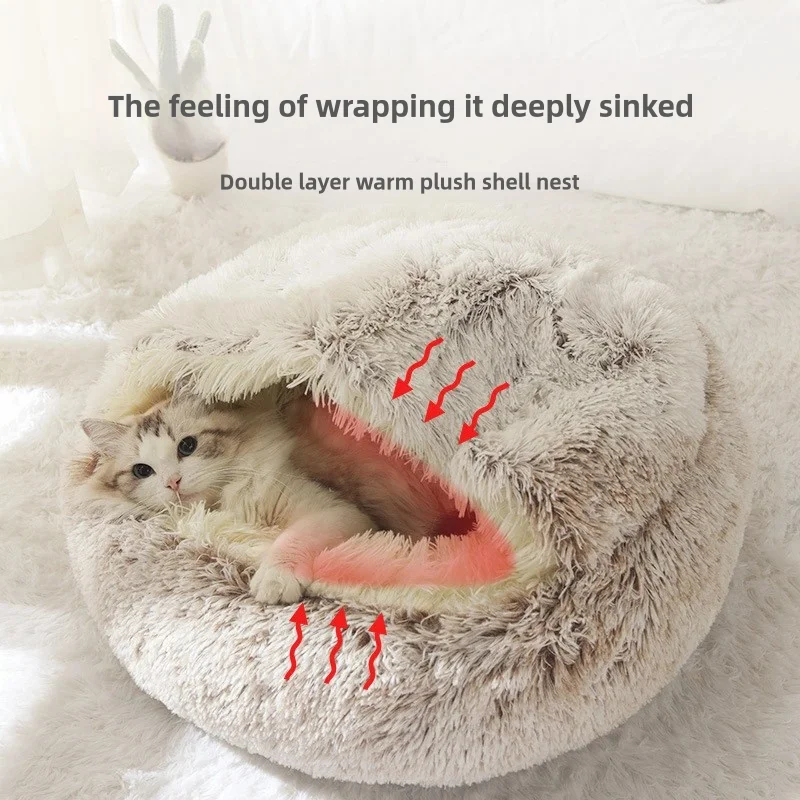The Science of Cat Purring: Unraveling the Mysteries Behind the Mesmerizing Sound
- No Comments
For centuries, the soothing sound of a cat’s purr has captivated human hearts, offering comfort and companionship to cat owners worldwide. Yet, the enigmatic purr holds more beneath its rhythmic vibrations than meets the ear. Recent scientific investigations have delved into the mysteries of why and how cats purr, revealing a fascinating confluence of biology, behavior, and potential therapeutic benefits.
The mechanics of purring have long puzzled researchers, as this sound is produced by a specialized mechanism unique to felines. Unlike vocalizations caused by airflow through the larynx, purring involves a complex interaction between the central nervous system and the laryngeal muscles. When a cat purrs, these muscles twitch at a rapid rate of 25 to 150 vibrations per second, causing a separation of the vocal cords during both inhalation and exhalation. This continuous cycle creates the characteristic purring sound that resonates with a calming frequency.
While purring is often associated with contentment, such as when a cat is curled up in a warm lap, its purpose extends beyond mere expression of pleasure. Veterinarians and animal behaviorists have observed that cats also purr in situations of stress or discomfort, such as during veterinary visits or when recovering from injury. This has led to the hypothesis that purring may serve as a self-soothing mechanism, helping to alleviate pain and promote healing. Studies have indicated that the low frequency of cat purrs can stimulate tissue regeneration, reduce inflammation, and improve bone density.
Moreover, the benefits of purring are not limited to the cats themselves. The sound of a cat’s purr has been found to have a positive impact on human health, too. Research suggests that listening to a cat’s purr can lower stress and blood pressure, potentially reducing the risk of heart disease. This has sparked interest in the potential therapeutic applications of purring, with some researchers exploring the possibilities of using recorded purrs in clinical settings to promote relaxation and healing in human patients.
The social and emotional dimensions of purring cannot be overlooked. Cats are known to purr as a form of communication, both with humans and among each other. Mother cats will often purr to soothe their kittens, creating a safe and secure environment. Similarly, cats will purr to signal their presence to humans, reinforcing the bond between pet and owner. This gentle hum acts as a bridge, fostering a sense of connection and mutual understanding.
As our understanding of the science behind purring continues to evolve, it becomes increasingly clear that this seemingly simple sound carries profound significance. Whether serving as a means of self-healing, a tool for communication, or a source of comfort for humans, the purr remains one of nature’s most remarkable phenomena. Future research may illuminate even more of its secrets, but for now, cat lovers around the world can appreciate the magic of purring for the myriad benefits it brings to our lives.

For centuries, the soothing sound of a cat’s purr has captivated human hearts, offering comfort and companionship to cat owners worldwide. Yet, the enigmatic purr holds more beneath its rhythmic vibrations than meets the ear. Recent scientific investigations have delved into the mysteries of why and how cats purr, revealing a fascinating confluence of biology, behavior, and potential therapeutic benefits.
The mechanics of purring have long puzzled researchers, as this sound is produced by a specialized mechanism unique to felines. Unlike vocalizations caused by airflow through the larynx, purring involves a complex interaction between the central nervous system and the laryngeal muscles. When a cat purrs, these muscles twitch at a rapid rate of 25 to 150 vibrations per second, causing a separation of the vocal cords during both inhalation and exhalation. This continuous cycle creates the characteristic purring sound that resonates with a calming frequency.
While purring is often associated with contentment, such as when a cat is curled up in a warm lap, its purpose extends beyond mere expression of pleasure. Veterinarians and animal behaviorists have observed that cats also purr in situations of stress or discomfort, such as during veterinary visits or when recovering from injury. This has led to the hypothesis that purring may serve as a self-soothing mechanism, helping to alleviate pain and promote healing. Studies have indicated that the low frequency of cat purrs can stimulate tissue regeneration, reduce inflammation, and improve bone density.
Moreover, the benefits of purring are not limited to the cats themselves. The sound of a cat’s purr has been found to have a positive impact on human health, too. Research suggests that listening to a cat’s purr can lower stress and blood pressure, potentially reducing the risk of heart disease. This has sparked interest in the potential therapeutic applications of purring, with some researchers exploring the possibilities of using recorded purrs in clinical settings to promote relaxation and healing in human patients.
The social and emotional dimensions of purring cannot be overlooked. Cats are known to purr as a form of communication, both with humans and among each other. Mother cats will often purr to soothe their kittens, creating a safe and secure environment. Similarly, cats will purr to signal their presence to humans, reinforcing the bond between pet and owner. This gentle hum acts as a bridge, fostering a sense of connection and mutual understanding.
As our understanding of the science behind purring continues to evolve, it becomes increasingly clear that this seemingly simple sound carries profound significance. Whether serving as a means of self-healing, a tool for communication, or a source of comfort for humans, the purr remains one of nature’s most remarkable phenomena. Future research may illuminate even more of its secrets, but for now, cat lovers around the world can appreciate the magic of purring for the myriad benefits it brings to our lives.


